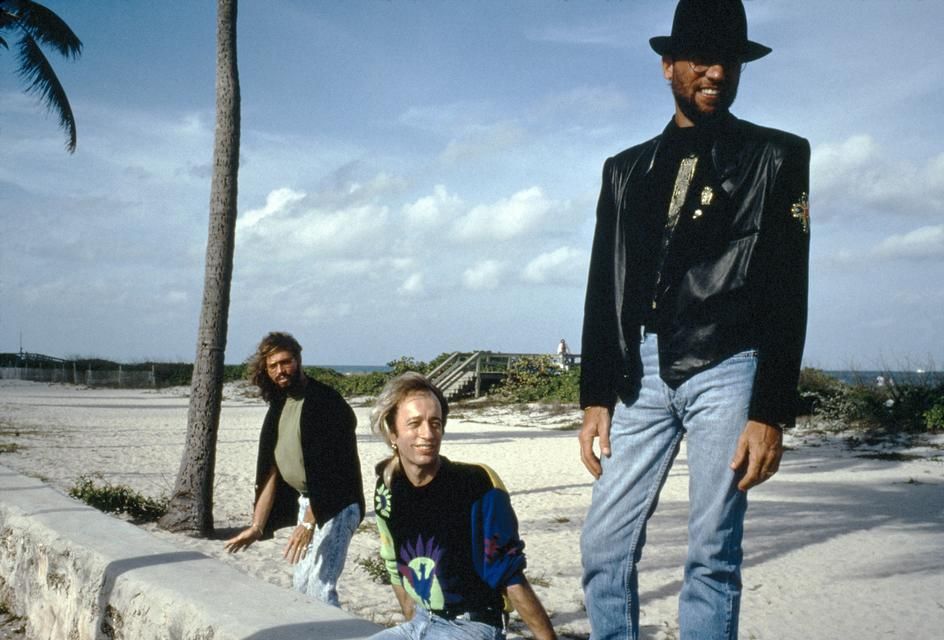On March 4, 2007, a ceremony was held in a small park in Miami Beach, on Purdy Avenue, overlooking the Venetian Causeway and the open sea of Biscayne Bay. Until then, the park had been called Island View Park, but from that day on it would be renamed Maurice Gibb Memorial Park. Three years earlier, Maurice had not survived surgery for an intestinal obstruction at the Mount Sinai Hospital.
The Gibb brothers sealed a pact from a very young age, which consisted of becoming one of the greatest music bands in the world. Born in the United Kingdom, they emigrated to Australia when Barry, the eldest, was thirteen years old, and the twins Maurice and Robin were eight. They soon began their musical adventures at school and with friends, then on stages and TV shows, and their album The Bee Gees Sing and Play 14 Barry Gibb Songs saw the light in 1965. Although it followed a glorious stage, Australia was neither Europe nor the United States, and the ceiling was low, and they had already reached it.
The Bee Gees returned to England in the late sixties, where Robert Stigwood, partner of The Beatles’ manager, Brian Epstein, was waiting for them with high expectations and a contract that only needed signatures at the bottom. At first, the public was not indifferent, but they did not manage to position themselves as expected; in one of their performances, they were even pelted with eggs. At that time, the United Kingdom was the realm of The Beatles, and if The Bee Gees wanted to shine, they had to orient themselves more towards that style in both music and lyrics and move away from love ballads.
The Bee Gees considered the idea of saying goodbye to the stage,
but their friend Eric Clapton suggested they try their luck in America, in Miami. Clapton had retreated to Miami Beach to recover from his heroin addiction, in a house at 461 Ocean Boulevard, near Criteria Studios where he recorded Layla and was preparing his next album.
The Gibb brothers landed in Miami Beach to spend some time at 461 Ocean Boulevard and seek, with the help of producer Arif Mardin, their change at Criteria Studios, which at that time was a mecca for musicians, where Bob Dylan, The Eagles, Bob Marley, Fleetwood Mac, and James Brown had recorded for Atlantic Records. The Bee Gees’ first single in Miami, “Jive Talkin’,” was born in the van that took them along Biscayne from Ocean Boulevard to Criteria, and it showed their other face, one with rock rhythms, which earned them top spots on the Billboard charts. The release of the album Main Course, with the tracks “Winds of Change,” “Fanny,” and “Nights on Broadway,” confirmed the quality of their new work and marked the change they had been seeking. Later came the soundtrack of Saturday Night Fever and the recognition of The Bee Gees as the greatest disco music band in history.
In addition to Main Course, The Bee Gees recorded the albums E.S.P and Spirits Having Flown at Criteria, considered by many critics to be their best work, with the tracks “Tragedy” and “Too Much Heaven,” which took them to the Top #1 not only in the United States but also in England. By the late seventies and early eighties, the Gibb family had already settled in Miami Beach, and in some interviews, when asked why they made this city their home, the answer was that Miami had captivated them from the very first day.

